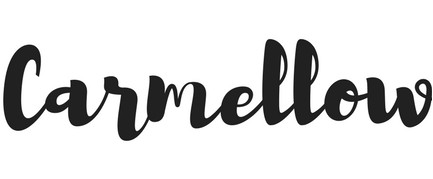Did you know that we spend almost half of our waking time in a sort of autopilot state? Who are we to blame for that? HABITS. According to a study conducted by Duke University, “Habits are response dispositions that are activated automatically by the context cues that co-occurred with responses during past performance.” What this means is that we spend half our day performing actions and making decisions without even being conscious of those decisions. Our brain relies on habit in order to save energy. An event will trigger an automatic response based on past performance. When you think about it this way, it’s no wonder it is so hard for us to shake off bad habits. And, conversely, why it is so hard for us to make good habits stick. You need to repeat the same action over and over again, consistently, for it to become a habit.
I began my education into habits when I read ‘The Power of Habit’ by Charles Duhigg. There is so much information on there about how our brains work and how habits are formed that I won’t regurgitate it all here for you. Go buy the book. It’s awesome. However, what I will share with you are my takeaways.
- You have to start small. We have good intentions and want to better ourselves, so we dive deep and start picking at all of our bad habits – I want to quit drinking, I will stop eating chips, I need to exercise more, I have to stop watching so much tv, etc, etc. It is so much all at once that it is not efficient. Instead, what Duhigg suggests is that we find a “keystone habit” and change it. Keystone habits are defined as those habits that will help you transform your life. They correlate with other habits and allow those habits to take hold. One example is diet and exercise. Once you start eating better/making healthier choices your energy levels increase. When you have more energy you’re more likely to also up your exercise routine, or even begin one! Duhigg uses the example of participants in a study who tracked what they ate. They lost twice as much weight as those who didn’t track, and it helped them make better choices elsewhere.
- Develop routines. Consistency is key when it comes to developing habits. Whether it’s making your bed every morning, going to bed at a specific time, or working out after work. Think of the habit you want to develop, and then structure it in a way where it becomes part of your daily routine. For example, I’d like to meditate more. Meditation is a great keystone habit that provides additional benefits. However, I can’t just say I want to meditate more and do it randomly when I have time. In order for it to become a healthy habit, I need to integrate into my morning routine. So I will wake up 15 minutes earlier every day and begin my morning with some meditation.
- The habit loop starts with a cue, which is followed by a routine, which is reinforced by a reward. In order to develop healthy habits we have to keep this loop in mind. This takes us back to #2. Develop a routine. So back to the meditation example, the cue could be the time of day. It’s 6:15am and I am waking up, my routine is to go straight into meditation, my reward is the feeling of calm and peace I feel right after. Think of any habit you’d like to create, and think of it in terms of this loop. Conversely, if there’s a habit you’d like to break, the easiest way to do it is by breaking the routine. If your cue is emotional, for example when you’re sad you eat ice cream. Change the routine. Whenever you feel sad think of something to do like repeat a mantra to yourself, read a motivational post, jump three times – whatever you want. A few years ago I developed a pretty bad habit. The way I got rid of it was by wearing a rubber band around my wrist. Every time I got the cue, instead of doing what I knew was bad for me, I literally “snapped” myself out of it by snapping the rubber band. It zapped me out of my loop and I quickly was able to drop that habit.
Habits take a long time to form, and even longer to break. The main reason it takes so long for us to break habits is that oftentimes we’re not even aware of our habits. Once we develop a plan to change our habits and develop new, healthier ones, it is important to keep in mind how the habit loop works, and find those keystone habits that will transcend to other areas of our lives.
Take a moment to think about habits you’d like to develop. Make a plan for those – plans are keystone habits! Research has shown that when we have a plan it is easier for us to keep the motivation going past the initial stage. Whereas, without a plan, when the motivation to quit is high (pain during workouts, hunger during diets) it is easier to quit.







